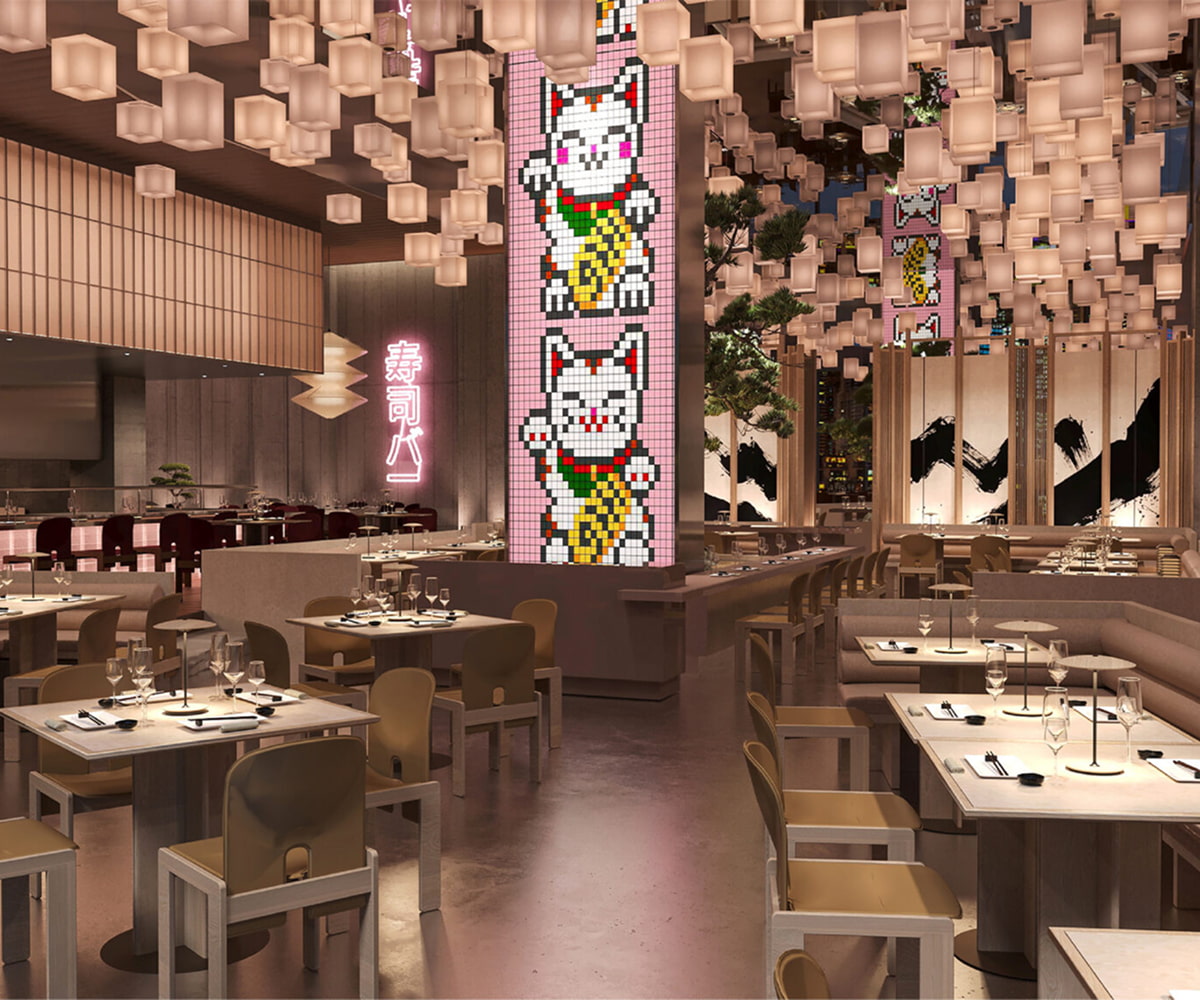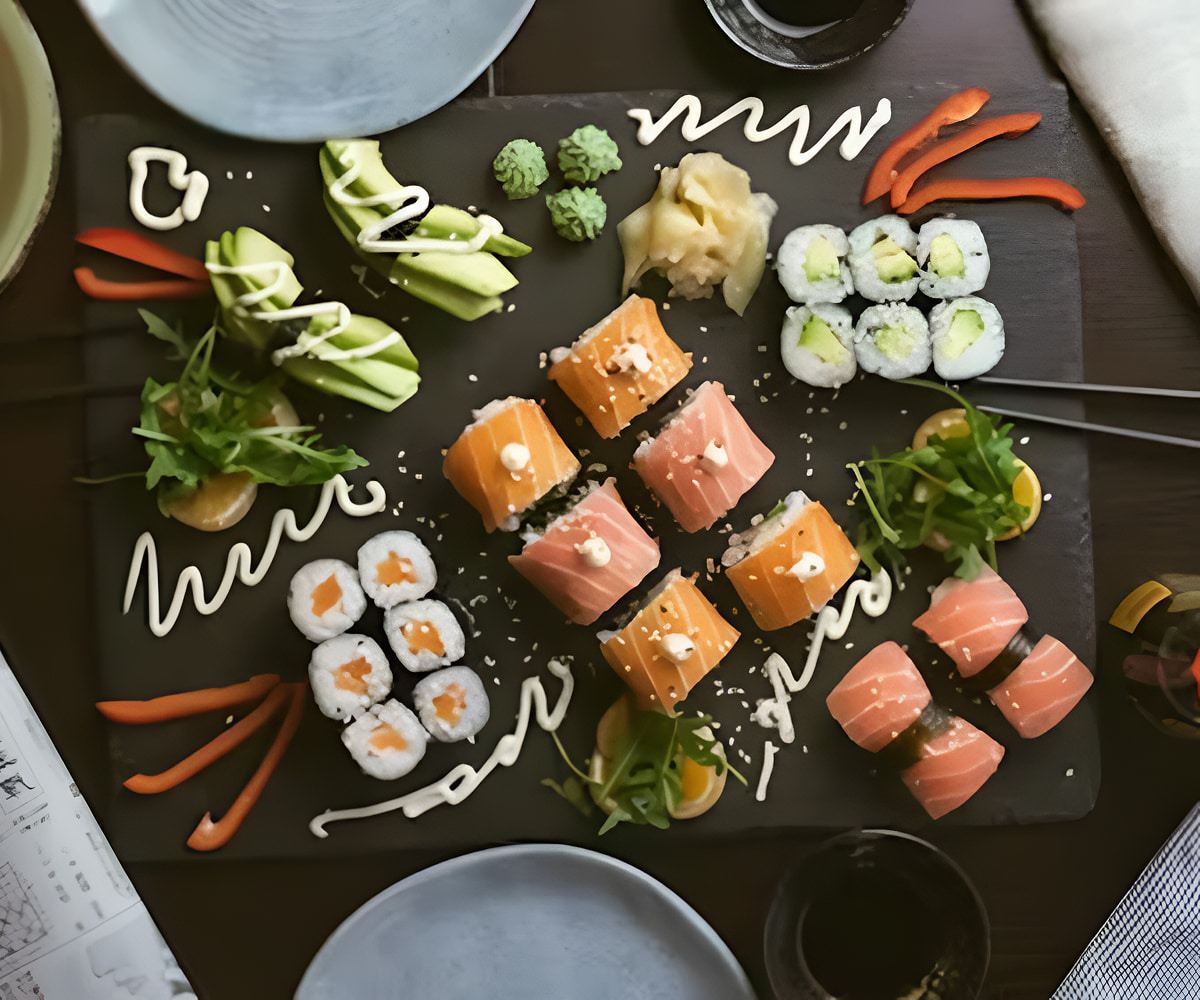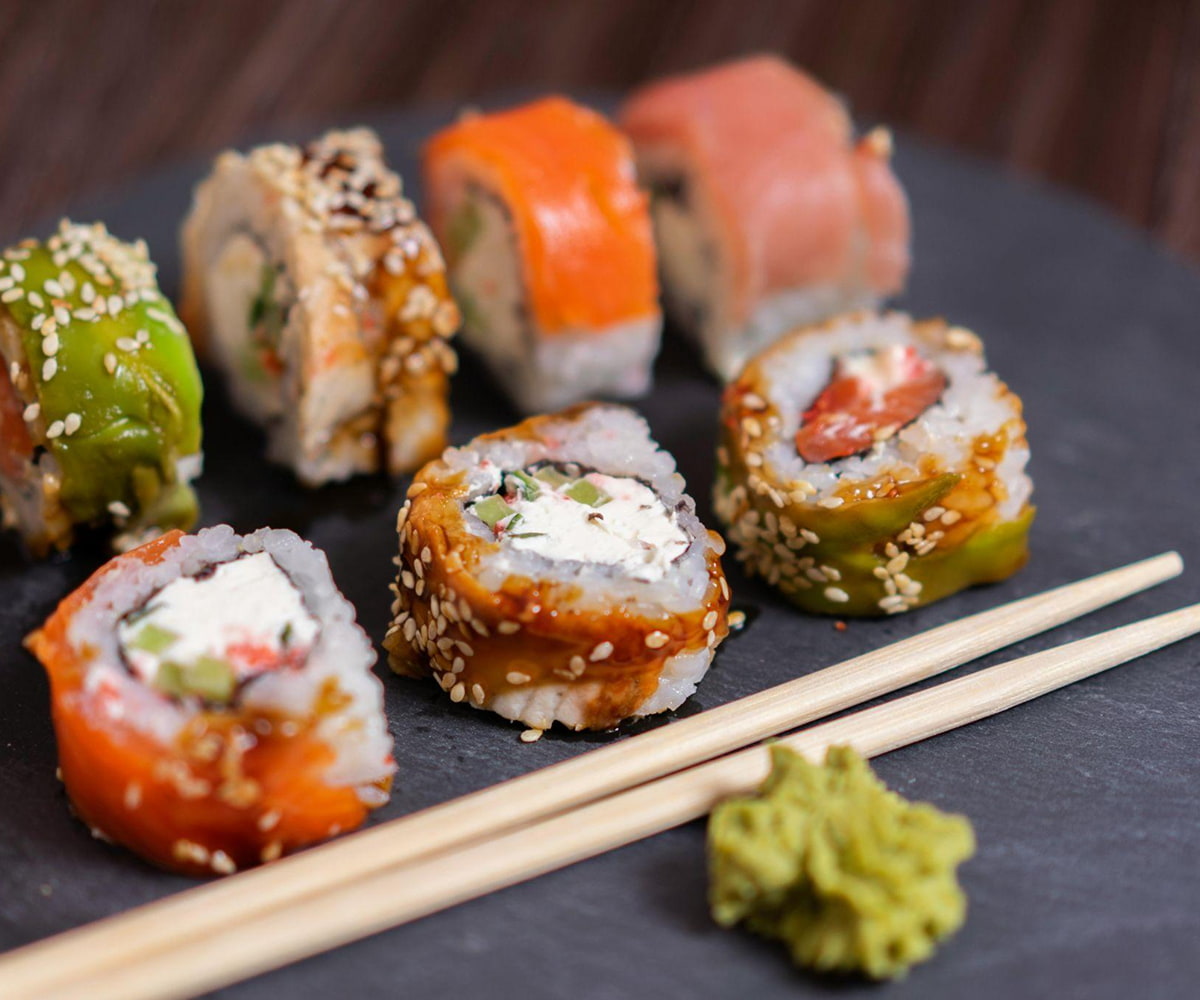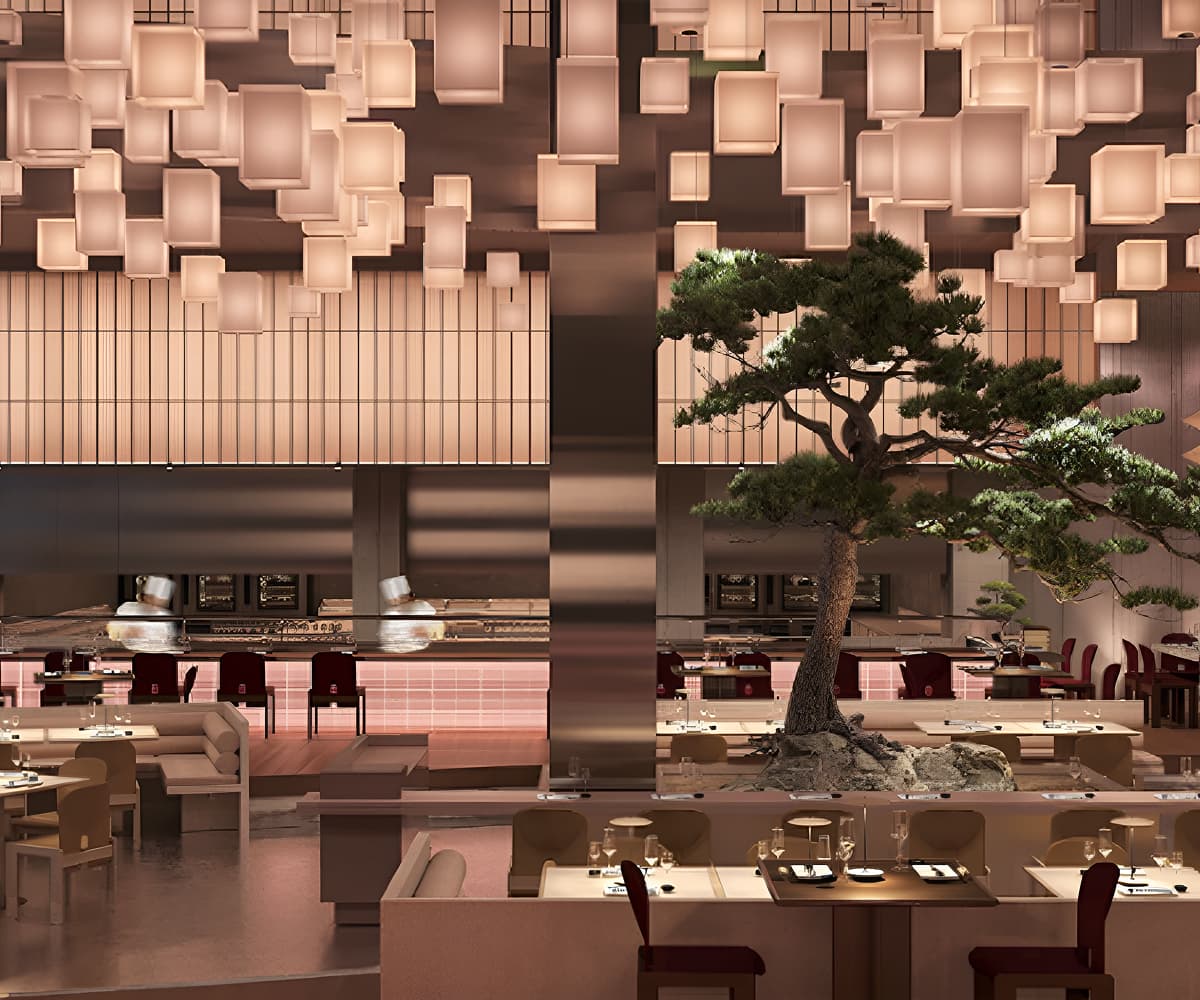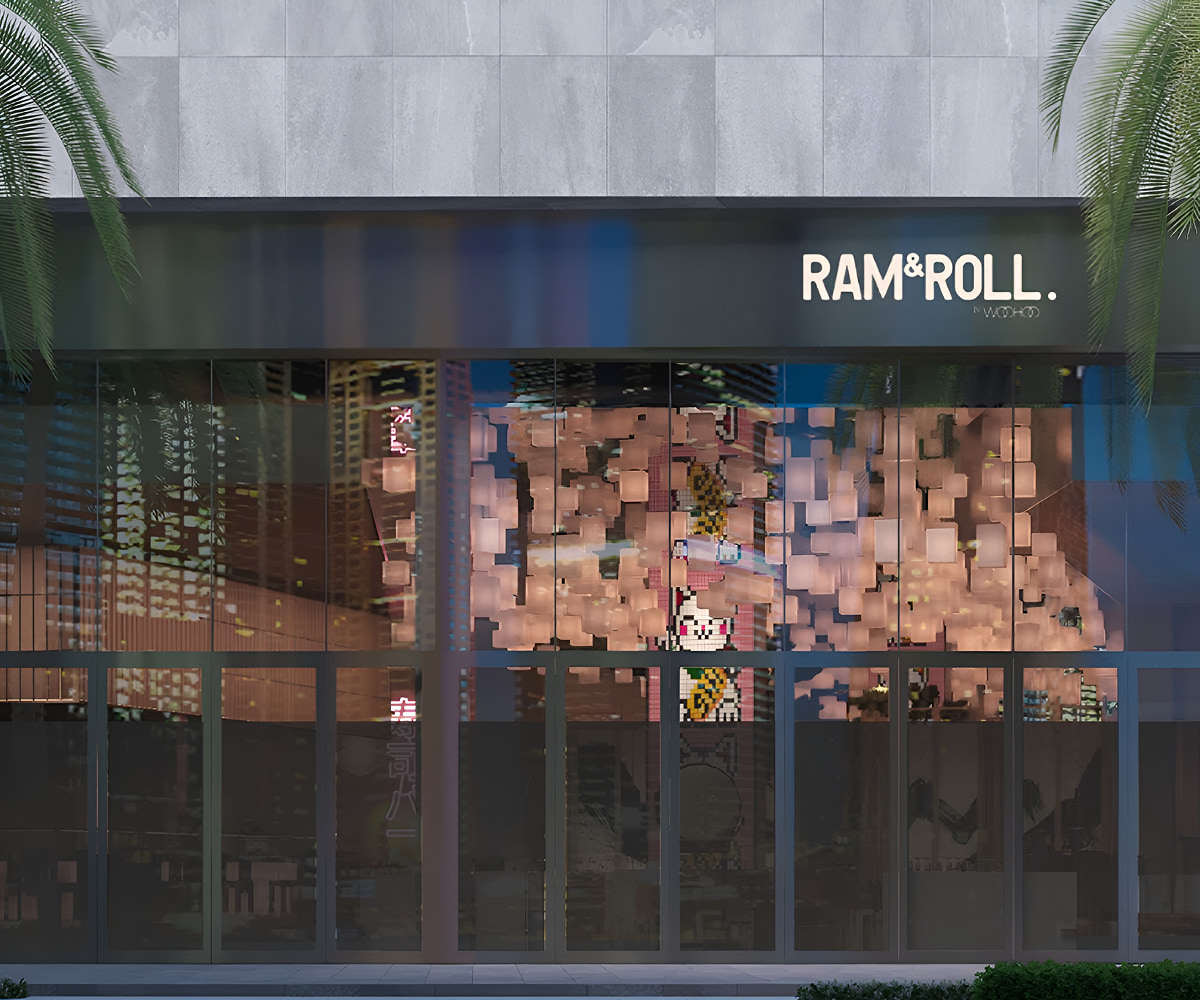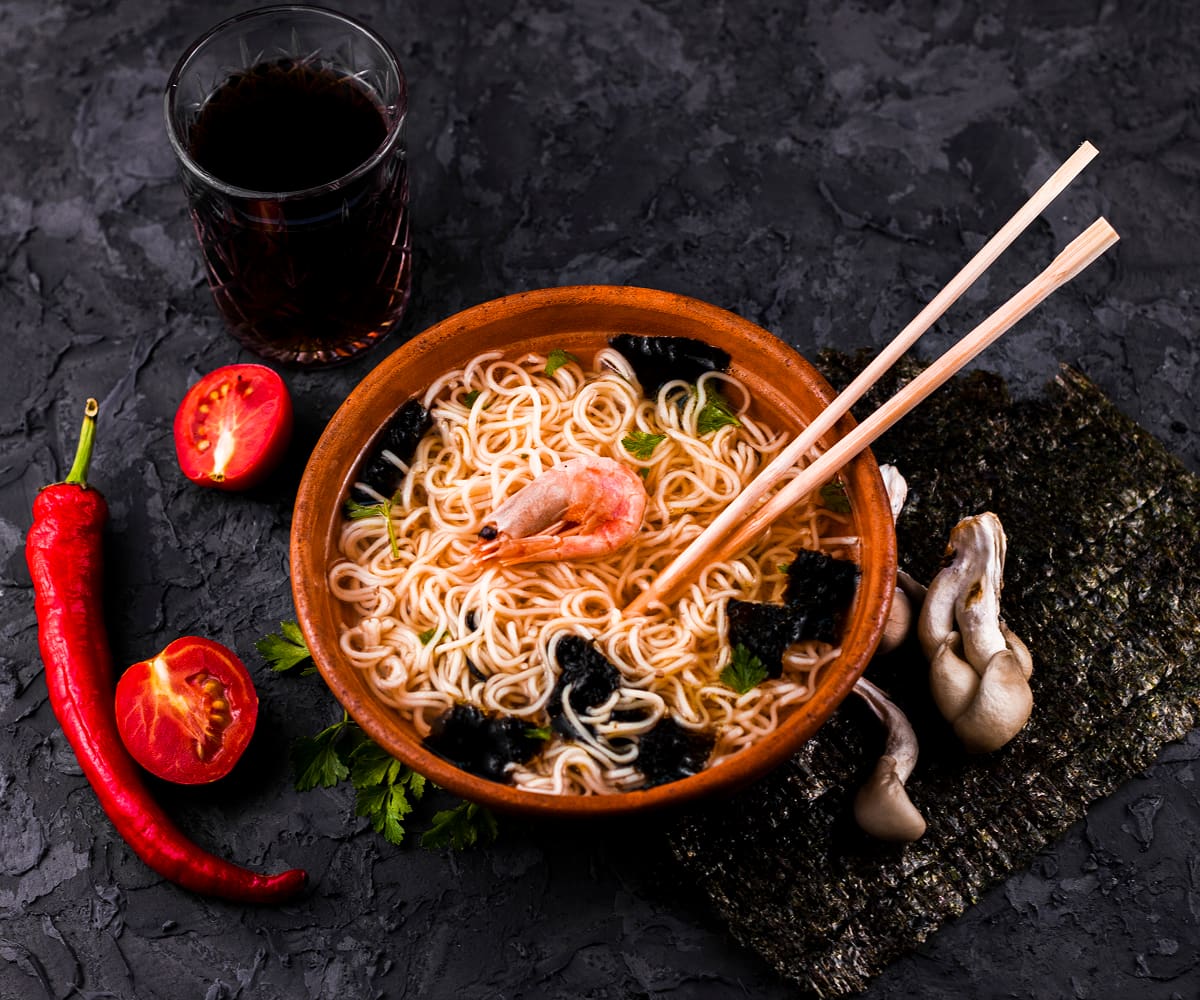You know that moment when you’re sitting at a ramen counter, menu in hand, completely torn between two options? If you’ve ever found yourself stuck between shoyu ramen vs miso ramen, you’re definitely not alone.
It’s like choosing between chocolate and vanilla ice cream, except way more complicated because both sound amazing and you have no idea what half the words mean. In this guide, we’ll talk about the differences between the two, as well as how to find the best ramen in Dubai.
What Makes Shoyu Ramen Special?
The word “shoyu” just means soy sauce in Japanese, so you can probably guess what gives this ramen its flavor. When your bowl arrives, you’ll notice the both looks almost clear, maybe a light golden color. Don’t let that fool you into thinking it’s boring.
Everything tastes distinct, and nothing gets buried under heavy flavors. The noodles are usually thin and straight, which makes sense because they’re not competing with a thick, heavy broth. If you’re someone who likes to taste each ingredient clearly, or you’re new to Japanese ramen and want something that won’t overwhelm you, shoyu is your friend. It’s refined without being pretentious, and honestly, it’s hard to mess up.
Why Miso Ramen Has Such a Following?
Miso ramen started up north in Japan, where winters are brutal and people needed something that would stick to their ribs. The base is fermented soybean paste, which sounds weird but tastes incredible. Your miso ramen will arrive looking completely different from shoyu. The broth is thick, creamy, and ranges from light tan to deep reddish-brown depending on which type of miso they use. White miso is milder and slightly sweet, while red miso is bold and salty with this amazing earthy flavor.
This is where miso ramen vs shoyu ramen really shows its differences. Miso hits you with intense, rich flavors right from the first spoonful. It’s like the difference between a light salad and a hearty stew. The toppings often include corn, butter, ground meat, and bean sprouts, which are ingredients that can stand up to that powerful broth. The noodles in miso ramen are usually thicker, too, because thin noodles would just get lost in all that richness. If you’re looking for something filling and warming, especially when Dubai’s AC has you feeling chilly, miso ramen is your answer.
Shoyu Ramen Vs. Miso Ramen: Which Is Healthier?
Shoyu ramen is generally lighter on calories since the broth isn’t as heavy. You’re still getting plenty of sodium from the soy sauce, but overall, it’s a bit easier on your waistline. Miso ramen packs more calories and sodium, but all that fermented soybean paste actually brings probiotics to the table. Those are the good bacteria that help your digestion. Miso also has B vitamins and minerals that shoyu doesn’t offer in the same amounts.
Neither one is exactly health food, but they’re both better than a lot of fast food options. If you’re watching calories, go with shoyu. If you want those probiotic benefits and don’t mind the extra richness, miso’s got your back. The protein content is solid in both styles, mainly from the broth and meat toppings. Really, the choice between miso vs shoyu ramen health-wise comes down to what your body needs that day.
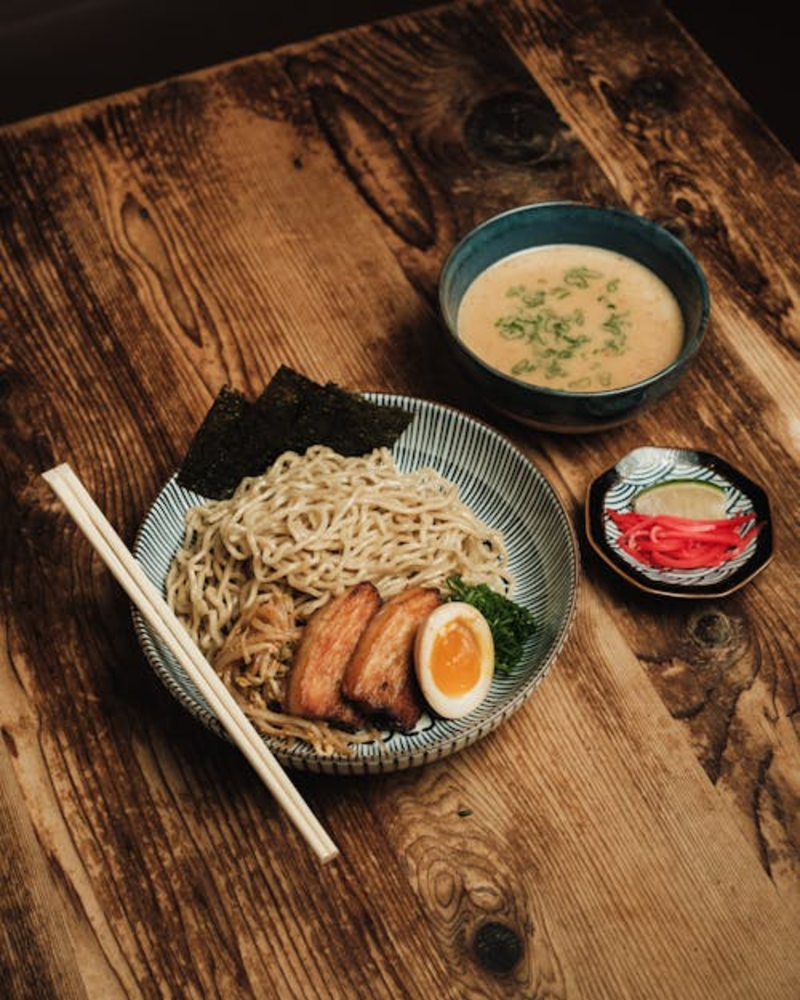
How Shoyu And Miso Broths Are Made?
For shoyu ramen, chefs start with a clear stock made from chicken bones and vegetables, simmering everything gently for hours. The trick is keeping it clear while extracting maximum flavor. The soy sauce gets added at just the right moment and in just the right amount. Too much and it overpowers everything, too little and you’ve got glorified chicken soup. Good ramen shops often age their soy sauce blend to develop deeper flavors.
Miso ramen preparation is trickier in some ways. The miso paste has to be dissolved perfectly into the broth without creating lumps or weird textures. Temperature matters a lot here because too much heat destroys the good stuff in miso and changes the taste completely. Most places make their miso mixture separately and combine it with hot broth right before serving. It’s all about timing and technique, which is why miso ramen vs shoyu ramen can vary so much from restaurant to restaurant.
What These Ramen Styles Mean in Japan?
Shoyu ramen represents Tokyo’s food culture: clean, precise, and elegant. It’s the kind of dish that shows off technique through simplicity, which is very Japanese.
Miso ramen comes from Japan’s northern regions, especially Hokkaido, where people needed hearty food to get through harsh winters. It represents comfort, family meals, and that warm feeling you get from a bowl of something rich and satisfying.
Both styles show different sides of Japanese cooking philosophy. Shoyu is about refinement and letting each ingredient shine, while miso is about creating something greater than the sum of its parts. Neither approach is better; they’re just different ways of achieving deliciousness.
Shoyu Ramen VS Miso Ramen: Which One Should You Choose?
So how do you decide between shoyu vs miso ramen when you’re out in Dubai? It really depends on what you’re in the mood for and what kind of meal you want. Go with shoyu if you want something lighter, if you’re eating during the day, or if you’re new to ramen and want to ease into it. It’s also great when you want to taste the skill of the chef, because good shoyu ramen shows off technique in a way that’s hard to hide behind heavy flavors.
Pick miso when you’re hungry and want something filling, when you need comfort food, or when you’re curious about bold flavors. It’s perfect for dinner or when you want something that feels like a warm hug in a bowl. Honestly, the best approach is to try both styles at different times. Your preference might change based on your mood, the weather, or who you’re eating with.
Finding Your Perfect Bowl Of Shoyu or Miso Ramen
The truth about shoyu ramen vs miso ramen is that both styles offer something special. Shoyu gives you elegance and clean flavors that showcase traditional Japanese cooking. Miso delivers comfort and bold tastes that warm you from the inside out. Dubai’s ramen scene has really grown over the past few years, and you can find authentic versions of both styles if you know where to look. The key is finding places that take their broth seriously and don’t cut corners on ingredients or preparation time.
Whether you end up loving the refined simplicity of shoyu or the rich comfort of miso, you’re experiencing centuries of Japanese culinary tradition. Both styles have earned their place in ramen history, and both deserve a spot in your dining adventures. Ready to settle the shoyu vs miso debate for yourself? At Ram & Roll in Downtown Dubai’s Kempinski The Boulevard, we craft both styles with authentic techniques and premium ingredients. Our chefs understand that great ramen starts with patience and ends with that perfect first slurp. Whether you’re team shoyu or team miso, come discover your favorite in our cozy, cherry blossom-filled space.

